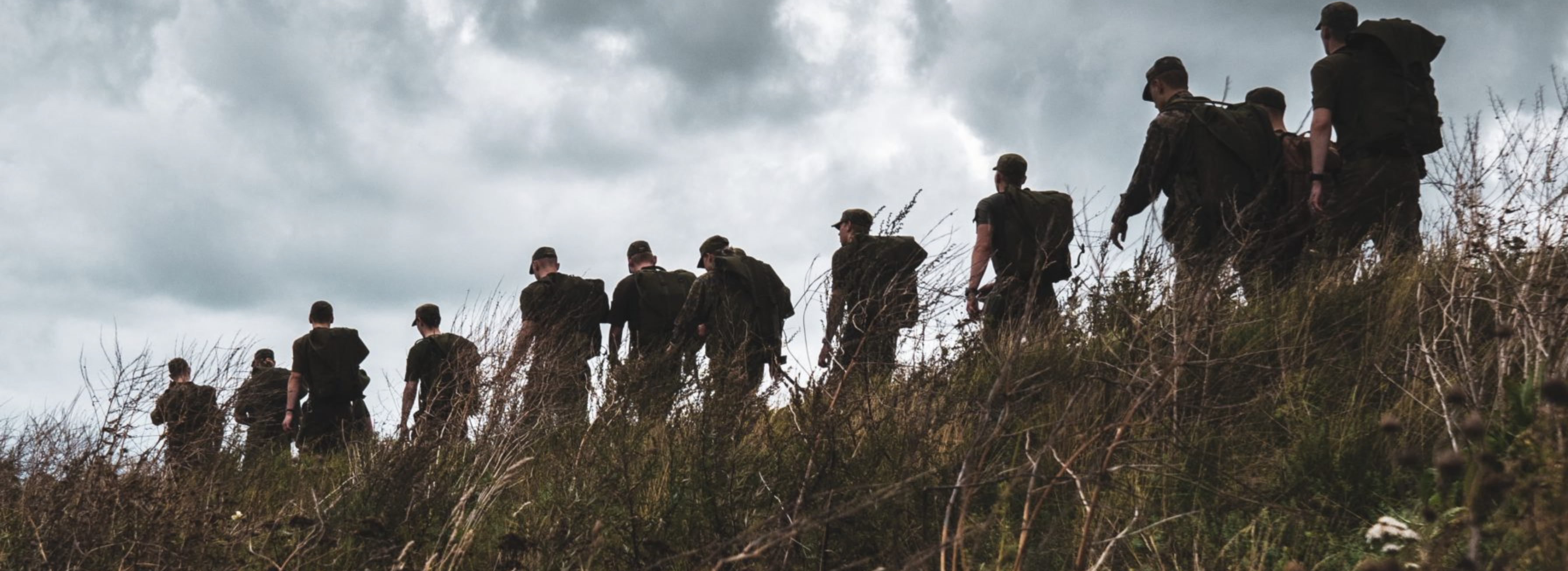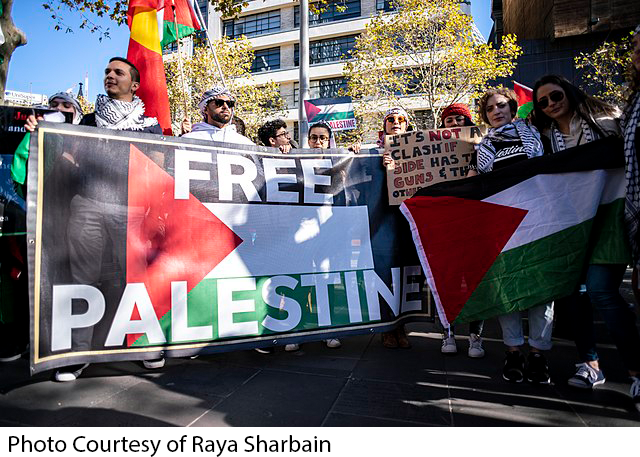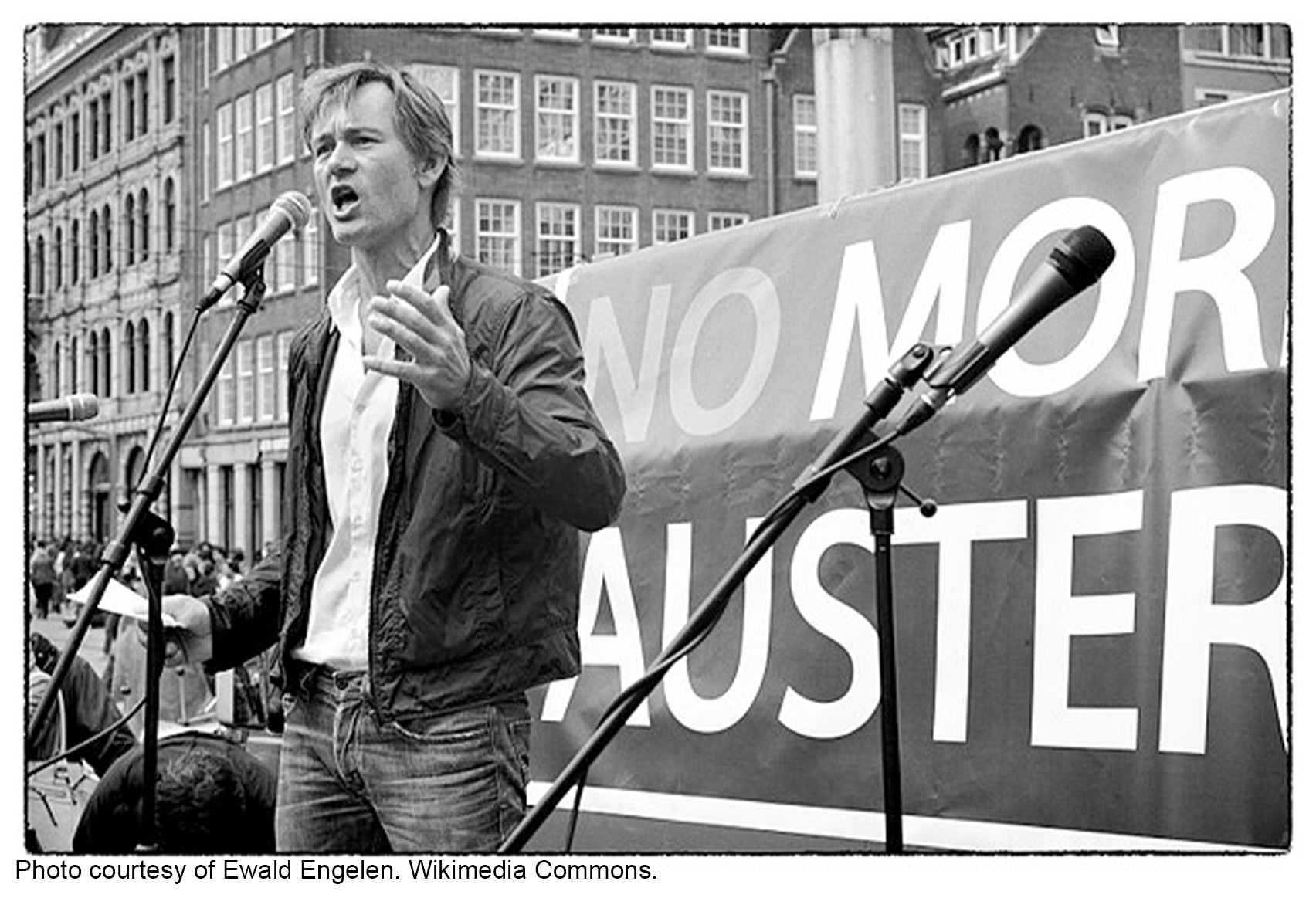By Ubaldo Daverro
To hide a war, fight it in the open. First, be sure the principal protagonist is an invaluable friend of the United States with loyal, regional allies. Second, make sure the principal victims are part of a much-maligned ethno-religious group and finally have western governments and the mainstream press support the United States by completely ignoring the conflict and knowingly looking the other way. This is the reality of the war in Yemen. When was the last time any mainstream media in the West reported on the war?
Yemen is a country of 29 million people located on the southeast coast of the Arabian Peninsula. Its large neighbour to the north is Saudi Arabia, seat of the Royal House of Saud and ceaseless defender and exporter of the most extreme form Islam known as Wahhabism. This extreme form of Islam is the cornerstone of Al Qaeda, Al Nusra, ISIL (Islamic State in the Levant) and the White Helmets in Syria and Iraq. The House of Saud has never met a group of Islamic extremists they didn’t like to fund. In fact, as Tariq Ali has so clearly pointed out (London Review of Books, 17 June 2021), so extreme is the House of Saud’s adherence to Wahhabism, it ordered the destruction of the tombs of Muhammad’s family in Medina along with those of a few of his closest followers.
Saudi actions on the Arabian Peninsula have consistently had three goals. First, keep Saudi borders politically stable. Second, contain and reverse the perceived growing influence of Shia dominated Iran, Saudi Arabia’s mortal enemy. Third, ensure neighbouring governments march to Saudi orders. In the Yemeni war, all three goals can be met by returning former President and Saudi puppet Hadi to power.
Yemen is home to a population largely comprised of a Sunni majority and a Shiite minority. Located primarily in the sparsely populated northern regions of the country, the Shiite minority are predominately comprised of the Houthi ethnic group. Both the Shiite and Houthi are poorer than and geographically isolated from the Sunni power centre located in the southern capital city of Sana’a. Relations between Sana’a and the northern Houthi population have always been tense with the latter claiming that they have been purposefully underrepresented in government and its different agencies.
The Arab Spring of 2011 led to country-wide demonstrations against corruption, and economic misery (Yemen has long been among the poorest countries in the world) and played a part in the removal of President Ali Abdullah Saleh in favour of Vice President Abda Rabbuh Mansour Hadi. Relations between Sana’a and the Houthis did not change. When the government collapsed in 2014, the Houthi rebels quickly occupied the capital Sana’a and eventually the three important port cities of Hodeidah, Ras Issa and Salif. Saudi Arabia would not accept having a Shia government on its southern border. It immediately convened a meeting with its Sunni allies in the Gulf Cooperation Council (GCC) comprised of Kuwait, Qatar, Oman and the United Arab Emirates.
On 26 March 2015 a civil war erupted with Saudi Arabia and the GCC militarily intervening on behalf of their Sunni allies in Sanaa. Saudi Arabia and the GCC mercilessly bombed Yemen on a daily basis with the full support of the United States, United Kingdom and France. In fact, the United States, United Kingdom and France are regular arms sellers to Saudi Arabia and the GCC states. Sales have amounted to billions of dollars. Canada played its part in the destruction of Yemen by selling Saudi Arabia 1.2 billion dollars of military equipment in 2018. Eventually the GCC states withdrew from the bombing leaving the Saudis to fight on their own.
The Seven-year war characterized by continuous bombing has left Yemen in ruins with its people living on the edge of starvation and utter collapse. Close to 20,000 air strikes in addition to a naval blockade imposed and maintained since 2015 continue to wreak havoc on a population that depends on imports for 80 percent of its food. The United Nations refers to Yemen as a humanitarian disaster. Historically one of the poorest countries in the world, Yemen ranks 168 out of 188 on the 2015 Human Development Index. Close to 25 million Yemenis lack clean water and sanitation while 17 million Yemenis face starvation. The Covid 19 pandemic has exponentially exacerbated Yemen’s humanitarian crisis. Almost 100,000 people have died.
Yemeni infrastructure has been decimated with Saudi airstrikes purposefully targeting roads, hospitals, schools, electric power grids, water purification and sewage treatment plants. The Yemeni ability to live has been crushed resulting in a humanitarian disaster deemed to be the worst on earth and so severe that multiple international aid organizations signalled alarm bells that have simply been ignored in Western capitals and the mainstream press.
In fact, the mainstream press helps the Saudis divert attention away from the Yemen war (and the murder of Saudi journalist Adnan Khashoggi) by reporting on Saudi Arabia’s ‘sport washing’ endevours. For example, the House of Saud has spent close to 2 billion dollars hosting and paying for sporting events ranging from chess, golf, tennis, snooker and horse racing to Formula 1 racing (650 million dollars), a 145-million-dollar deal with the Spanish Football Association, a 10 year, 500-million-dollar deal with World Wrestling Entertainment (WWE) with 150 million spent on boxing in 2019 alone. A strategy that works—show the world sports with one hand and destroy a country with the other. To the mainstream press, sports funding is more ‘newsworthy’ than the complete destruction of a country.
There is a reason why the west and its mainstream media ignore the war in Yemen. The Houthis are what are referred to as “unworthy” victims. What makes them “unworthy” of Western support? Simply, they are the wrong kind of Muslim. They are Shia and not the preferred Sunni Muslims that dominate Saudi Arabia and much of the Middle East. With links to Iran, the Shia simply do not register as victims worthy of western acknowledgement, sympathy, or support. This means the humanitarian disaster will continue to unfold with no end in sight.





